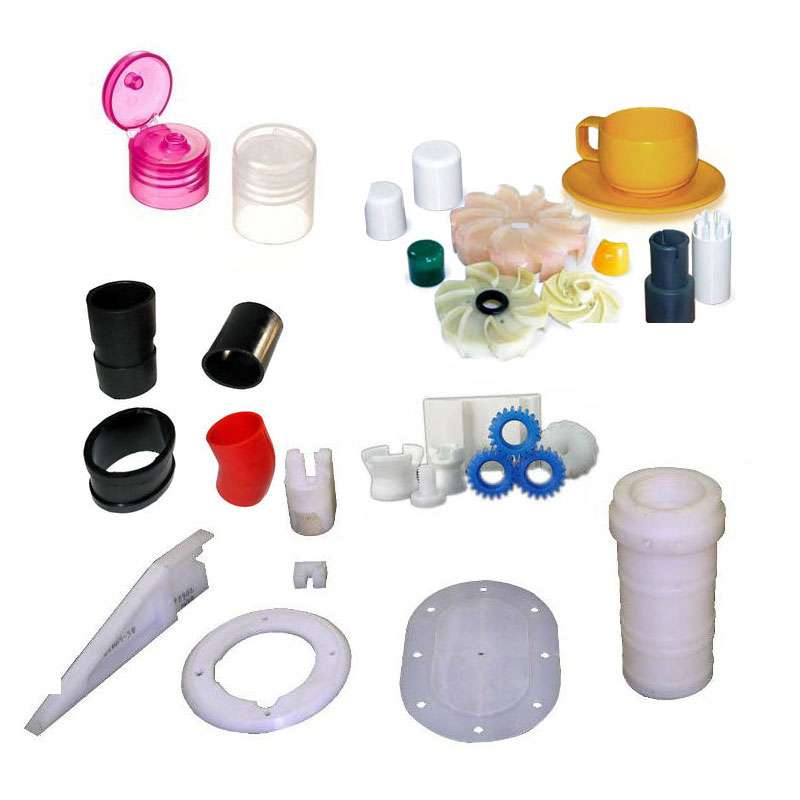Moulding
Moulding is the process of manufacturing by shaping liquid or pliable raw material using a rigid frame called a mold or matrix. This itself may have been made using a pattern or model of the final object.
Mould is a hollowed-out block that is filled with a liquid or pliable material like plastic, glass, metal, or ceramic raw materials. The liquid hardens or sets inside the mold, adopting its shape. A mold is the counterpart to a cast. The very common bi-valve molding process uses two molds, one for each half of the object. Piece-molding uses a number of different molds, each creating a section of a complicated object. This is generally only used for larger and more valuable objects.
Plastic Injection Moulding
Materials such as polystyrene, nylon, polypropylene and polythene can be used in a process called injection moulding. These are thermoplastics – this means when they are heated and then pressured in a mould they can be formed into different shapes.
Injection Plastic Components
Master Molded Products manufactures plastic injection molded automotive components with many types and grades of plastic resins. Functional “under-the-hood” components are molded from engineering resins, such as ABS, Nylon, PET, PPO, and a variety of talc and glass filled materials. Class A decorative parts, such as instrument lenses and bezels, are made from materials including acrylic and polycarbonate resins. Clear lens parts are developed with specific lighting and inspection techniques for optimum clarity and elimination of polarization. Master Molded Products also has the unique capability and technology to in-mold chrome plated bezels in instrument clusters to eliminate BSR (buzz, squeak rattle) issues.
Injection Blow Moulding
Blow Moulding is a manufacturing process by which hollow plastic parts are formed. In general, there are three main types of blow molding: extrusion blow molding, injection blow molding, and injection stretch blow molding. The blow molding process begins with melting down the plastic and forming it into a parison or in the case of injection and injection stretch blow moulding (ISB) a preform. The parison is a tube-like piece of plastic with a hole in one end through which compressed air can pass.
Rubber Pressure Moulding
The rubber compression molding process begins with a piece of uncured rubber which has been performed to a controlled weight and shape. This preform is placed directly into the rubber mold cavity prior to mold closure. As the mold is closed, the material is compressed between the plates causing the compound to flow to fills the cavity. The material is held in the mold under high pressure and elevated temperature to activate the cure system in the rubber compound (rubber is vulcanized). The cycle time is established to reach an optimal level of cure. At the end of the cycle, the parts are removed or ejected from the cavities and the next cycle begins.
Acrylic Moulding
Acrylic is somewhat notch sensitive, so sharp edges should be avoided. Wherever possible, outside and inside corners should include a radius to minimize this notch sensitivity. The metal inserts used in insert molding should avoid sharp corners and edges to minimize the notch sensitivity of this material. Undercuts or entrapments should be avoided since they would break or fracture during part ejection. When necessary for part function, these features need to be incorporated through the use of slides in the mold which can increase the mold cost significantly. Prior to issuing a final design, Rebling Plastics engineering team will review your part design and offer suggestions to ensure that the end product meets the design intent.







